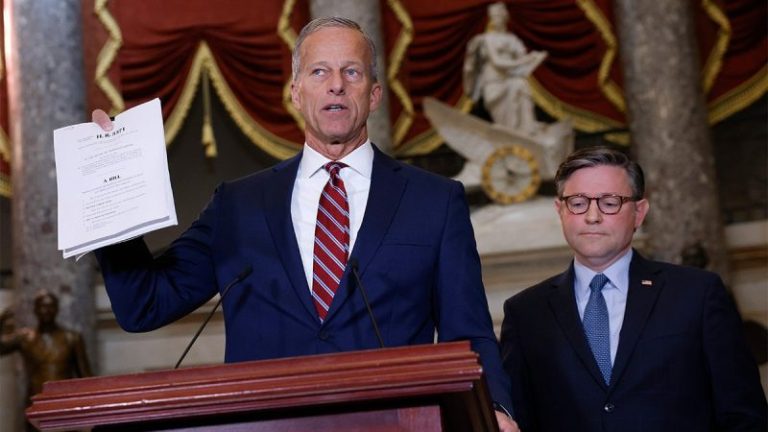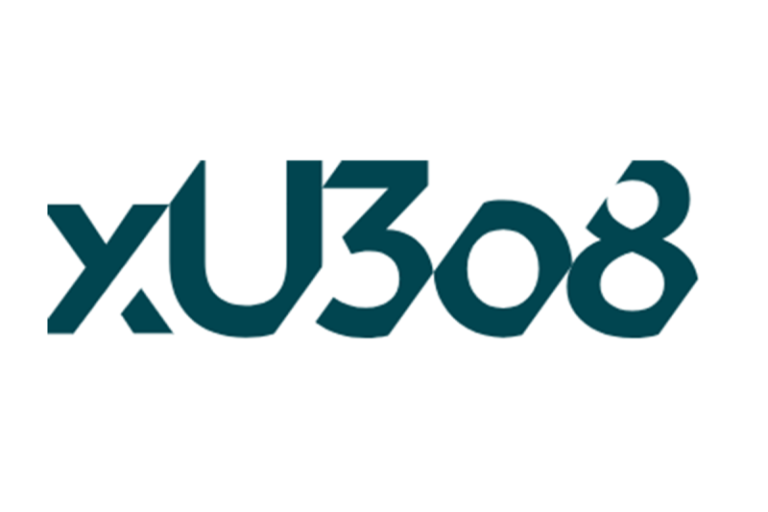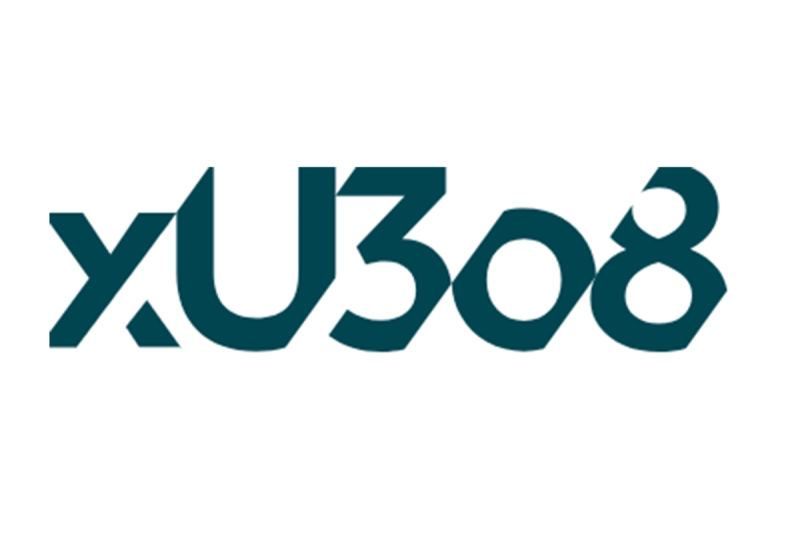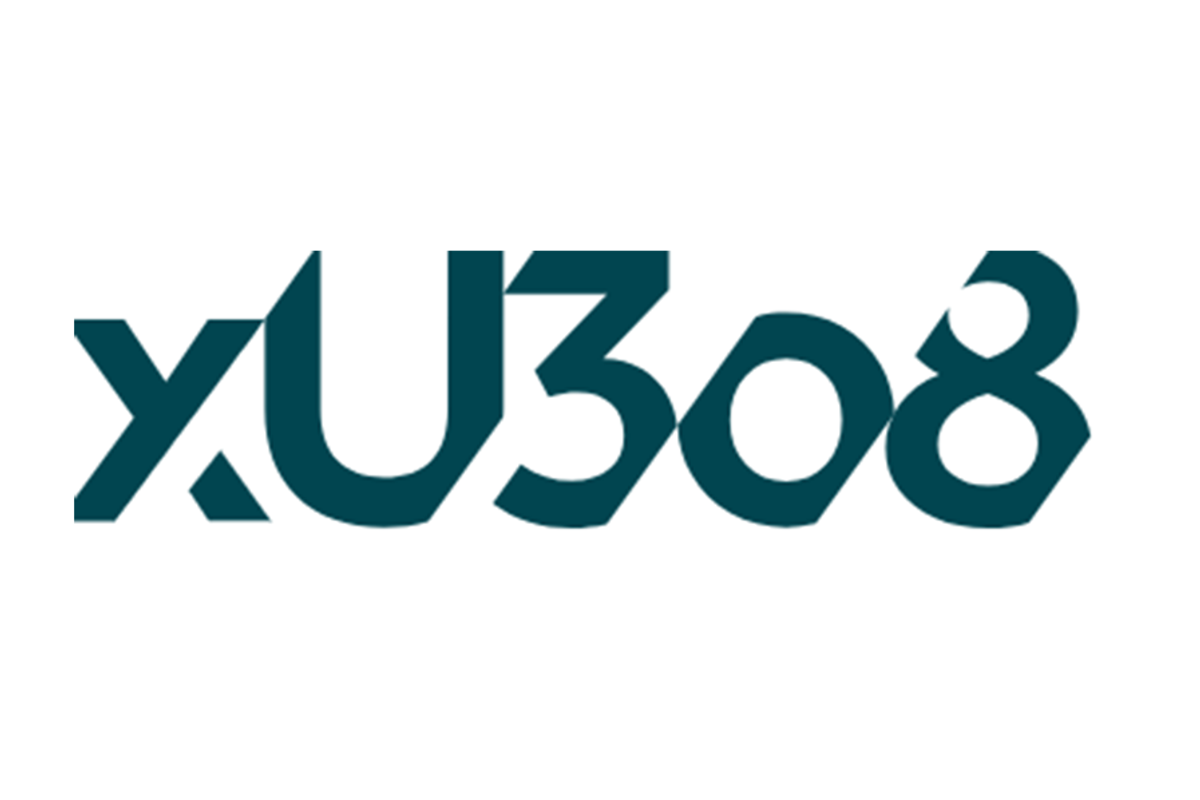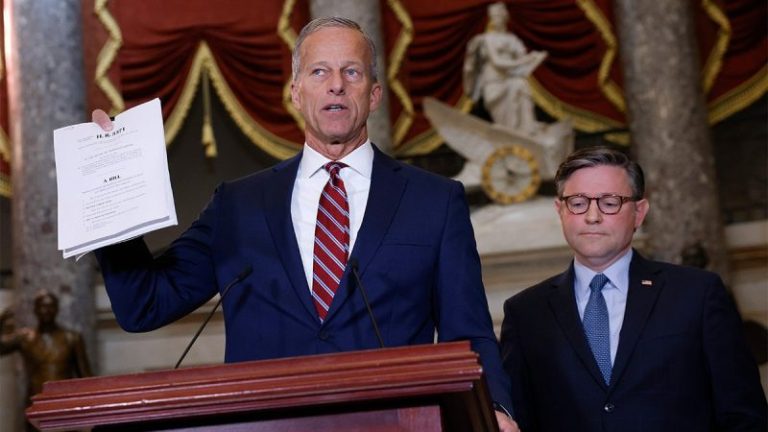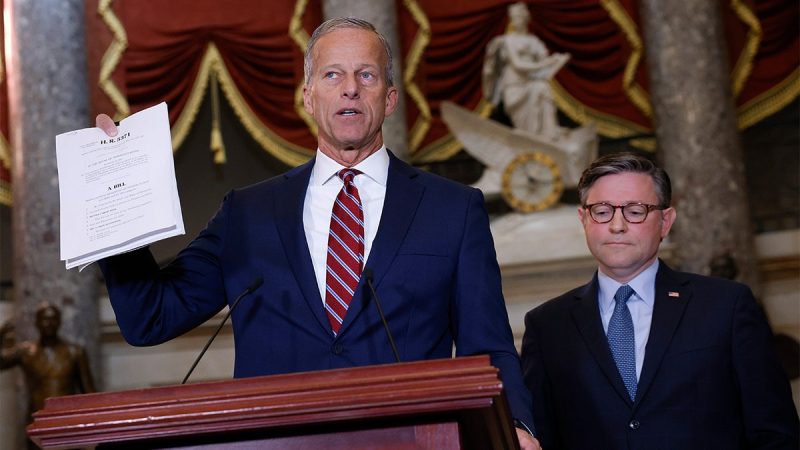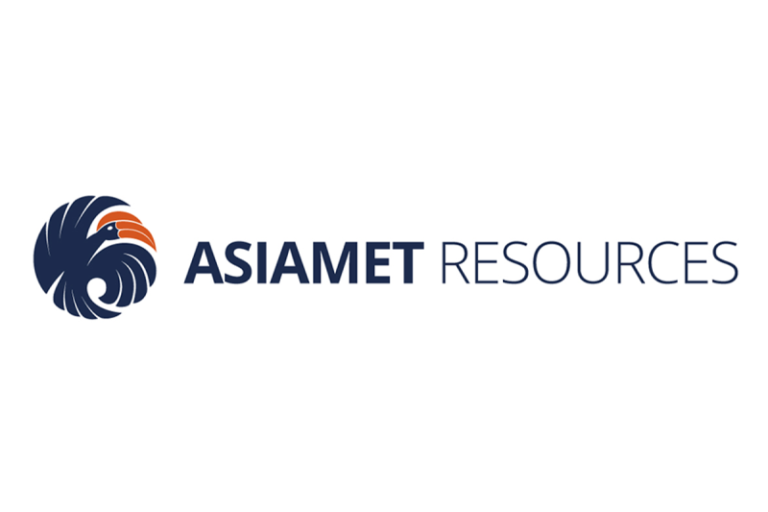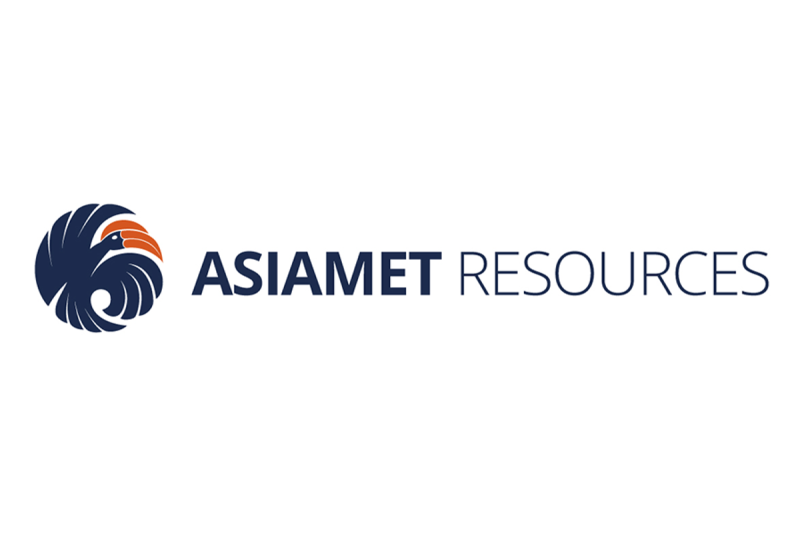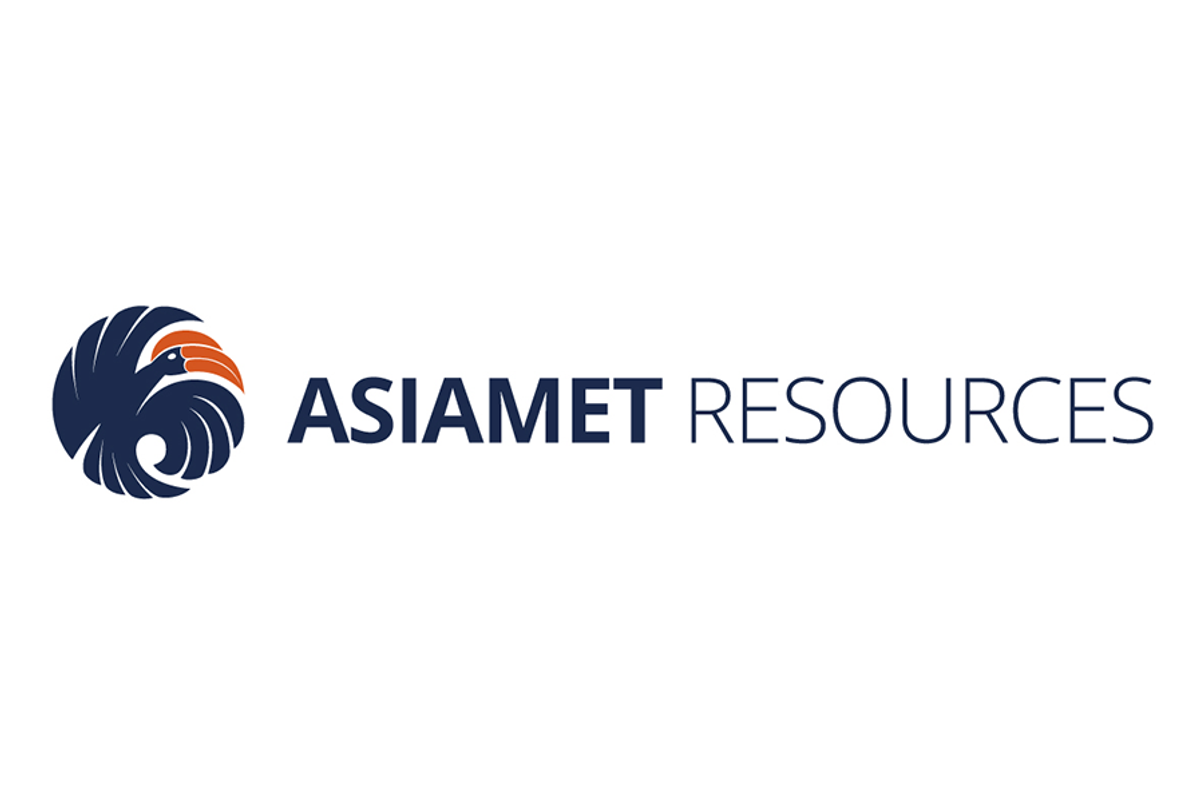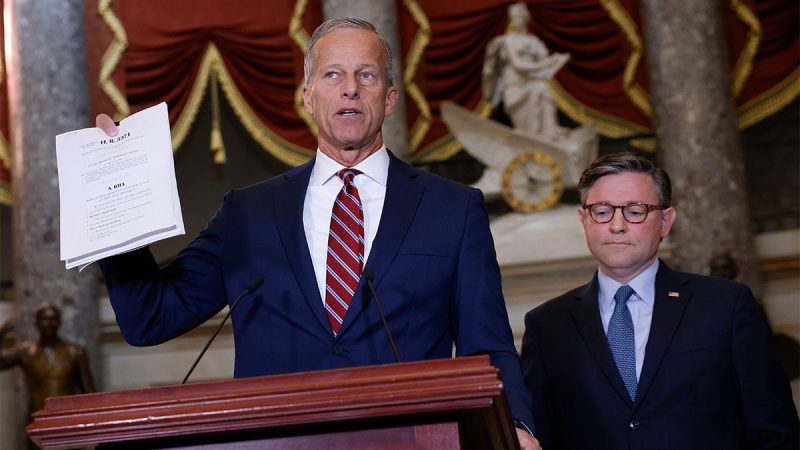
House Speaker Mike Johnson on Thursday sharply diverged from the direction that Senate negotiations were headed in to end the government shutdown.
Johnson told reporters Thursday that he would not commit to holding a vote on extending COVID-19 pandemic-era enhanced Obamacare subsidies, which are set to expire at the end of this year without congressional action.
Senate Majority Leader John Thune, R-S.D., had been floating a vote on such an extension in exchange for Democrats voting to end the shutdown — which is now in its 37th day. He has said he could not guarantee an outcome on the vote or that the House would take it up, however.
‘Leader Thune has bent over backwards. He’s offered them a vote. You know what they told him in response? ‘No, we need you to guarantee the outcome of that vote.’ Well, that’s ridiculous,’ Johnson said when asked about holding such a vote by a guaranteed date in the House if the deal succeeds in breaking the logjam.
When pressed again on a vote, he said, ‘No, because we did our job, and I’m not part of the negotiation.’
‘The House did its job on Sept. 19. I’m not promising anybody anything. I’m going to let this process play out,’ Johnson said.
His comments appeared to anger Senate Democrats who were negotiating an off-ramp to the shutdown.
‘Mike Johnson is only going to do what one person tells him, and that one person is Donald Trump, who has declared himself basically the speaker of the House,’ Sen. Jacky Rosen, D-Nev., told reporters in response. ‘So we need to be the adults in the room.’
The issue of enhanced Obamacare subsidies has been a matter of debate within the GOP, with some Republicans in more moderate districts calling for at least a year-long extension to give lawmakers time to create a new healthcare deal in its place.
But House conservatives are rejecting any such extension out of hand. Fox News Digital first reported that leaders of the 189-member Republican Study Committee issued an official position earlier Thursday demanding the credits not be extended.
It’s been a key ask for Democrats, however, that such an extension be paired with any federal funding bill before they agree to help end the shutdown.
Senate Democrats are huddling on Thursday afternoon to discuss what they could and could not accept out of a deal to end the government shutdown.
There are a dozen in the caucus who have been meeting to find a way out of the shutdown, but following Democrats’ Tuesday night election sweep, many in their caucus feel emboldened that their shutdown strategy is working and don’t want to let up yet.
Sen. Chris Murphy, D-Conn., said he believed Tuesday’s election was ‘having an impact’ on the caucus.
‘It would be very strange for the American people to weigh in, in support of Democrats, standing up and fighting for them, and then within days, for us to surrender without having achieved any of the things that we’ve been fighting for,’ Sen. Chris Murphy said.
The majority of the caucus demands a guarantee on a deal rather than the promise of a process, given that a proposal to extend the expiring subsidies from Democrats without major reforms to the program would likely fail in the Republican-controlled chamber.
But Thune has remained adamant that he can’t promise anything more than a vote and can’t predict an outcome.
‘I made this very clear to them, I can’t guarantee them an outcome,’ Thune said. ‘I can guarantee them a process, and they can litigate the issue, get the vote on the floor, and presumably they have some way of getting a vote in the House at some point, but I can’t speak for the House.’

